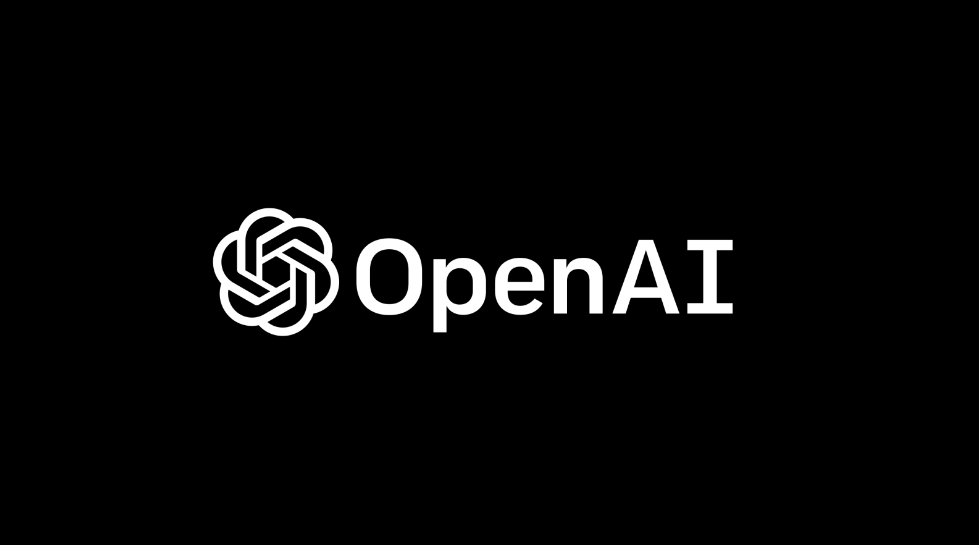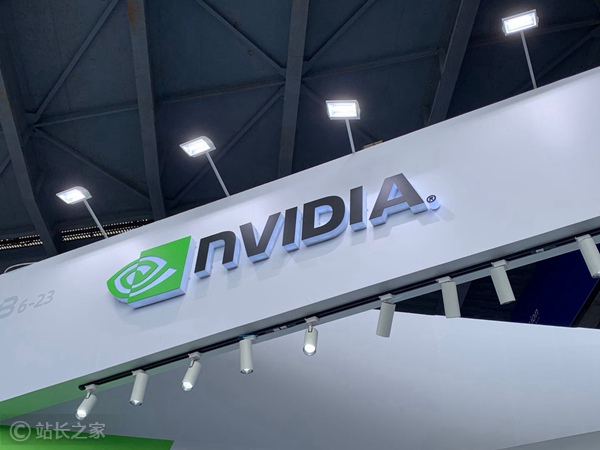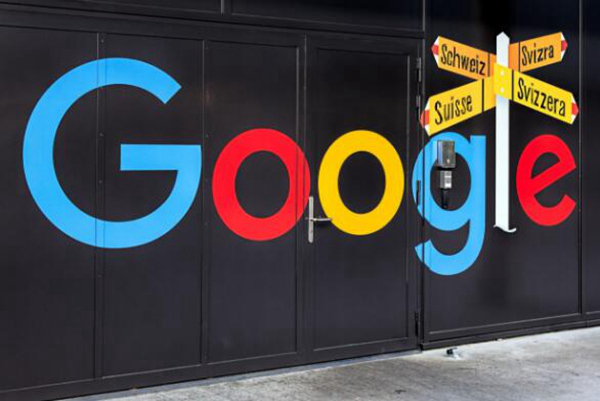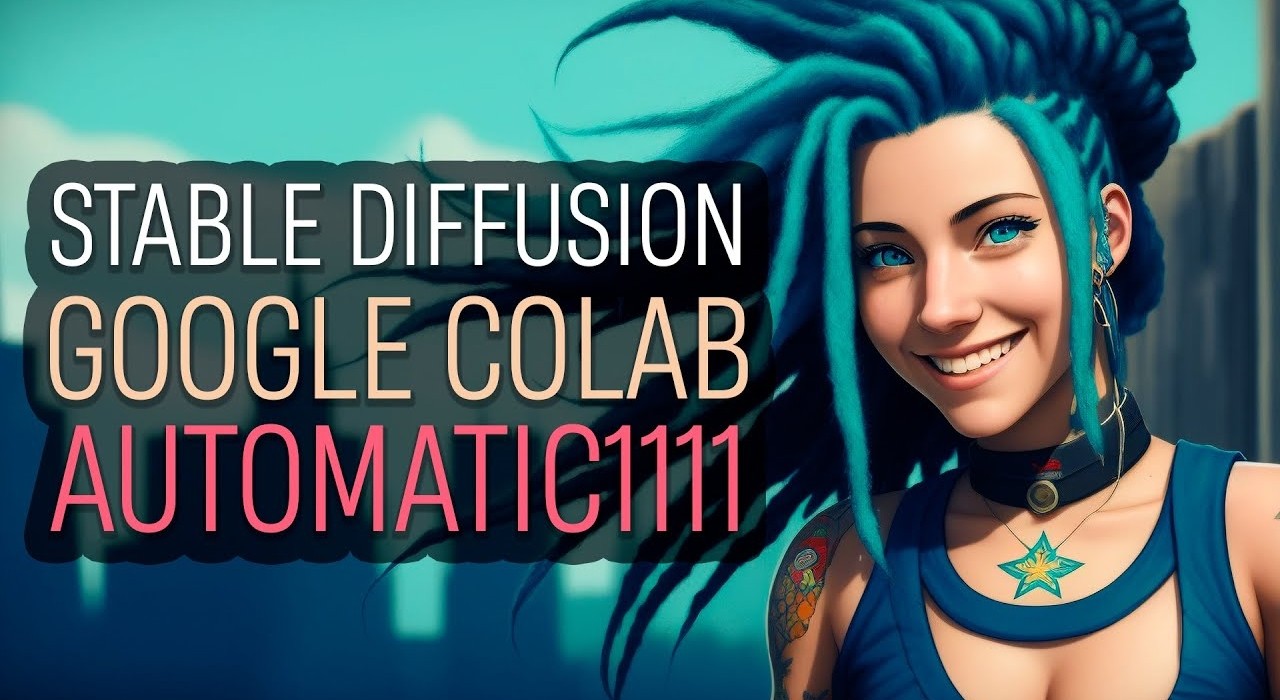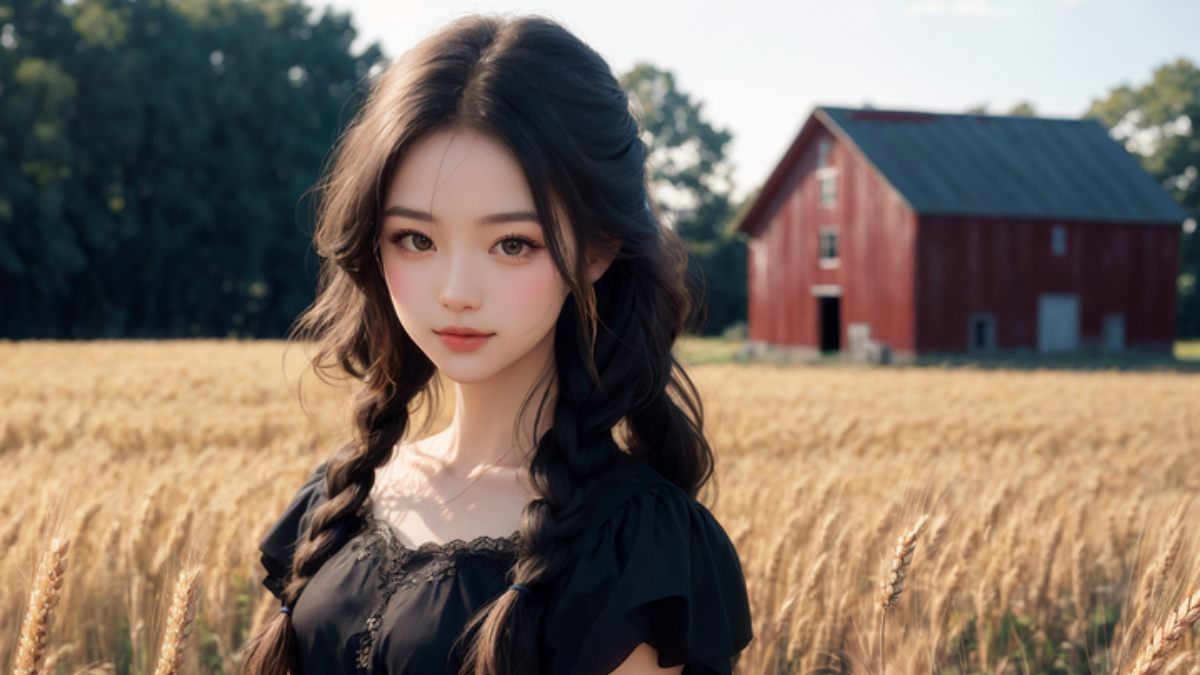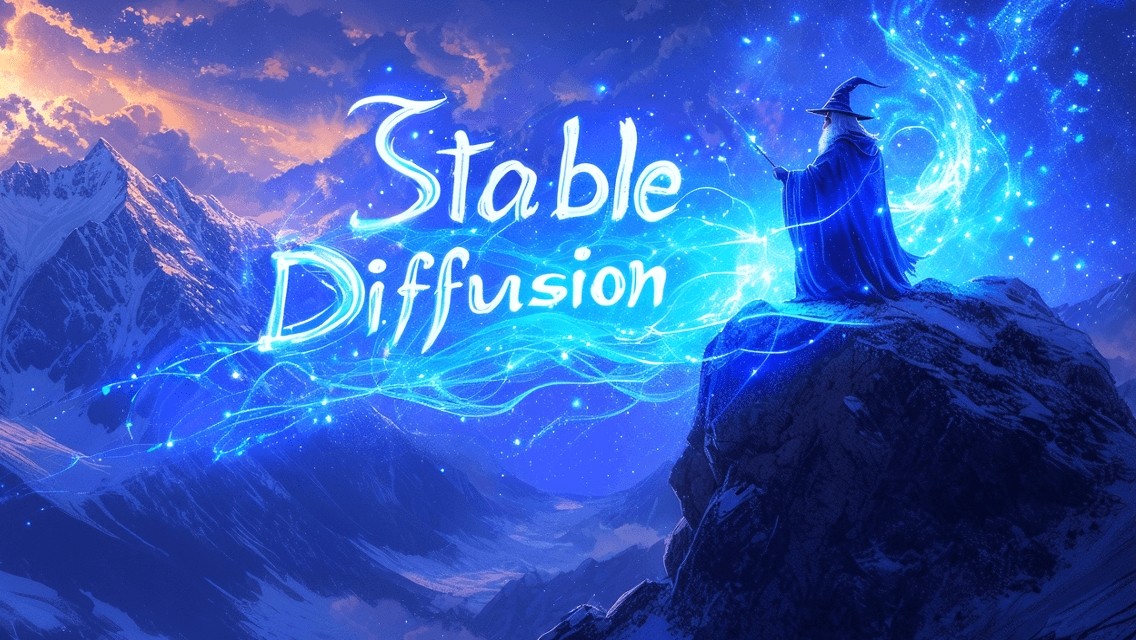Recently, a series of AI-generated pet dancing videos have become a craze on Douyin, pushing absurdity and comedy to the extreme. In these videos, cute pets instantly transform into dancing masters. Not only are their limbs flexible, but they also show off ridiculous dance moves.
This trend of AI magical dance spread rapidly, not only limited to pets, but also extended to scenes of collective dancing of people. In a short period of time, topics such as "The Dance That AI Can't Play" quickly jumped up Douyin's hot list, and related videos have been played 880 million times.
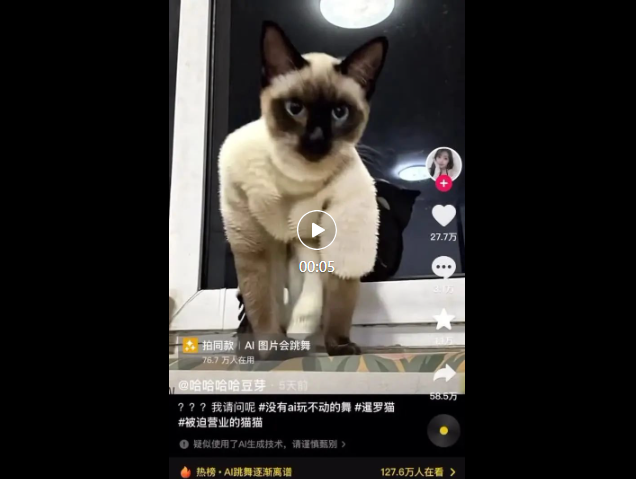
The cats and dogs in the video seem to have been injected with surreal energy, instantly transforming from their original cute looks into professional dancers. Some danced vigorously, and some twisted their bodies, completely breaking the conventional wisdom. This unexpected transformation not only brings a strong visual impact, but also is full of drama and absurdity.
The traffic code of this type of video is based on curiosity, absurdity and lightheartedness. As AI technology penetrates into daily life, people are curious about its creativity and possibilities, especially when AI-generated content breaks traditional boundaries.
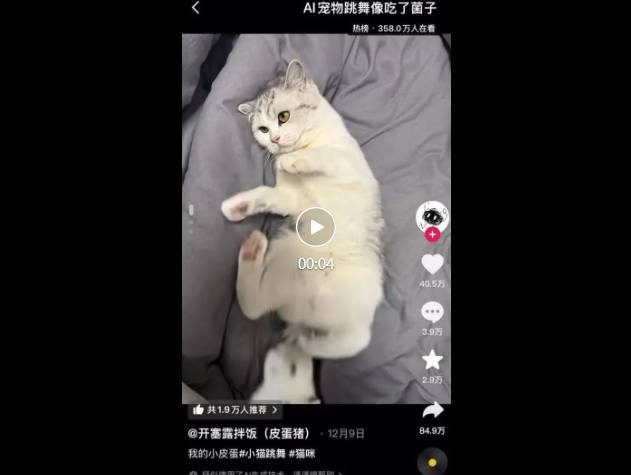
However, not everyone can fully embrace this visual experience. Some netizens said that these weird deformations and inexplicable dances can trigger a slight uncanny valley effect, causing discomfort and rejection.
Looking back at the beginning of this year, Ali Tongyi's "Dancing King" Cow Cat is a classic case. A golden retriever or cow cat performs a bath dance, accompanied by brainwashing lyrics: "Little duck in a towel shower cap, the water temperature is just right..." instantly captured the attention of a large number of netizens.
These AI pet videos are not only a showcase of technology, but also a new dimension of entertainment and creativity. They challenge our inherent understanding of animal images and demonstrate the imagination and fun of AI technology in absurd and exaggerated ways.
AI courses are suitable for people who are interested in artificial intelligence technology, including but not limited to students, engineers, data scientists, developers, and professionals in AI technology.
The course content ranges from basic to advanced. Beginners can choose basic courses and gradually go into more complex algorithms and applications.
Learning AI requires a certain mathematical foundation (such as linear algebra, probability theory, calculus, etc.), as well as programming knowledge (Python is the most commonly used programming language).
You will learn the core concepts and technologies in the fields of natural language processing, computer vision, data analysis, and master the use of AI tools and frameworks for practical development.
You can work as a data scientist, machine learning engineer, AI researcher, or apply AI technology to innovate in all walks of life.

